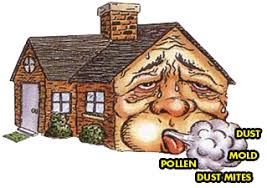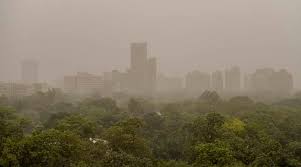 February 2022
February 2022
As we reopen after the many pandemic closures, we look forward to retuning to return to the gym, eating out and socializing. Most want to discard that mask which makes it difficult to breathe, converse and, for those wearing glasses, to see. Plexiglass, despite being widely utilized as protection against airborne infection, has a limited ability to prevent COVID spread.
The best way to deter the spread of COVID is ventilation. Yet we see plexiglass barriers blocking access to cashiers, security and reception desks, and separating exercise equipment. Perhaps this is because there is no way to “see” ventilation and these physical barriers provide a degree of comfort.
Plexiglass barriers are less expensive than upgrading, repairing or maintaining a ventilation system.
While those installing plexiglass barriers may be well intentioned, these barriers are not proven to work as an effective public health measure. They facilitate physical distancing while restricting or blocking air flow.
Plexiglass barriers may be ineffective, or more harmful than beneficial, in many settings including high-rise buildings.
 Updating, enhancing and maintaining HVAC systems in our high-rise homes may be the best approach to preventing virus infection and protecting our overall health other than washing hands. It may be the single most effective technology for this purpose since the creation of modern sewage treatment systems. Improved ventilation protects not only against COVID but seasonal respiratory viruses and asthma. Improved air quality is known to improve cognitive function, reduce absenteeism and improve performance.
Updating, enhancing and maintaining HVAC systems in our high-rise homes may be the best approach to preventing virus infection and protecting our overall health other than washing hands. It may be the single most effective technology for this purpose since the creation of modern sewage treatment systems. Improved ventilation protects not only against COVID but seasonal respiratory viruses and asthma. Improved air quality is known to improve cognitive function, reduce absenteeism and improve performance.
The benefits of improved ventilation and HVAC systems are clear.







